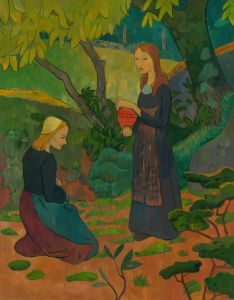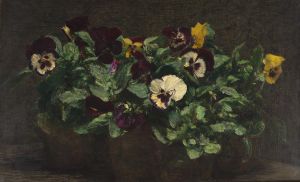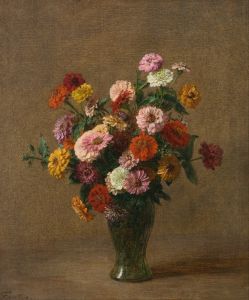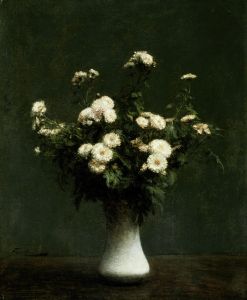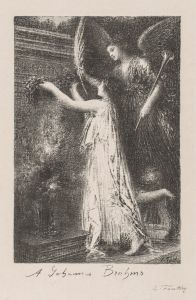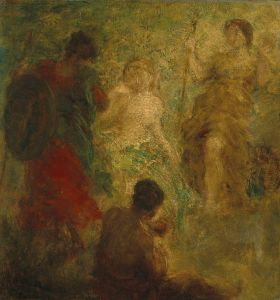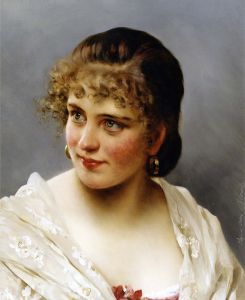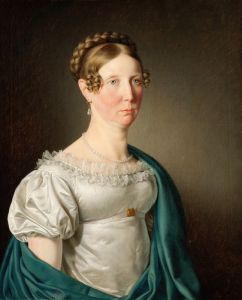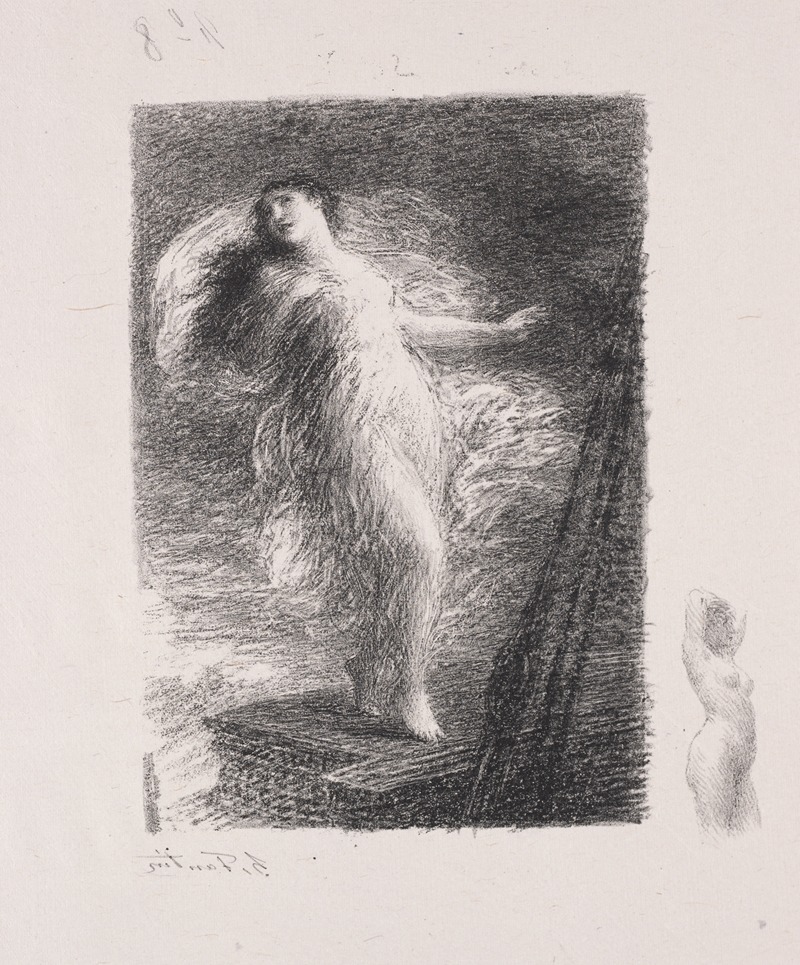
La jeune Tarentine
A hand-painted replica of Henri Fantin-Latour’s masterpiece La jeune Tarentine, meticulously crafted by professional artists to capture the true essence of the original. Each piece is created with museum-quality canvas and rare mineral pigments, carefully painted by experienced artists with delicate brushstrokes and rich, layered colors to perfectly recreate the texture of the original artwork. Unlike machine-printed reproductions, this hand-painted version brings the painting to life, infused with the artist’s emotions and skill in every stroke. Whether for personal collection or home decoration, it instantly elevates the artistic atmosphere of any space.
Henri Fantin-Latour, a French painter renowned for his still lifes and portraits, created La Jeune Tarentine in 1871. This artwork is an oil painting that reflects Fantin-Latour's interest in combining elements of realism with poetic and symbolic themes. The title, which translates to "The Young Tarentine," refers to a figure from classical antiquity, specifically a young woman from the ancient Greek colony of Tarentum (modern-day Taranto, Italy). The painting is inspired by a poem of the same name by André Chénier, a French poet of the late 18th century, whose works often drew upon classical themes and mythology.
The composition of La Jeune Tarentine features a serene and contemplative female figure, depicted in a reclining pose. The woman is dressed in flowing, classical-style garments, evoking an idealized image of antiquity. Fantin-Latour's use of soft, diffused lighting and delicate brushwork enhances the ethereal quality of the scene. The muted color palette, dominated by whites, grays, and soft pastels, contributes to the painting's dreamlike atmosphere.
Fantin-Latour was known for his meticulous attention to detail, and this is evident in the rendering of the figure's features and the textures of the fabric. The painting reflects the influence of both the Romantic and Symbolist movements, which were prominent in 19th-century European art. While Fantin-Latour is best known for his floral still lifes and group portraits of artists and musicians, works like La Jeune Tarentine demonstrate his ability to explore more imaginative and literary subjects.
The painting is currently housed in the Musée des Beaux-Arts de Lyon in Lyon, France. It remains an example of Fantin-Latour's ability to blend technical precision with a sense of poetic mystery. The work also highlights his engagement with literary sources, as the connection to Chénier's poem suggests a dialogue between visual art and literature during this period.
Fantin-Latour's broader body of work has been celebrated for its quiet elegance and its ability to capture both the tangible and the intangible. La Jeune Tarentine stands as a testament to his skill in creating images that resonate with both historical and emotional depth.






